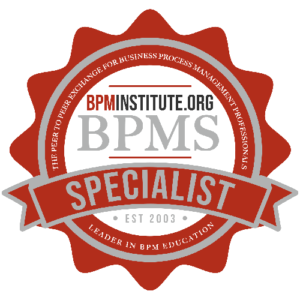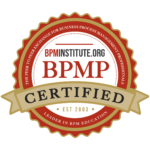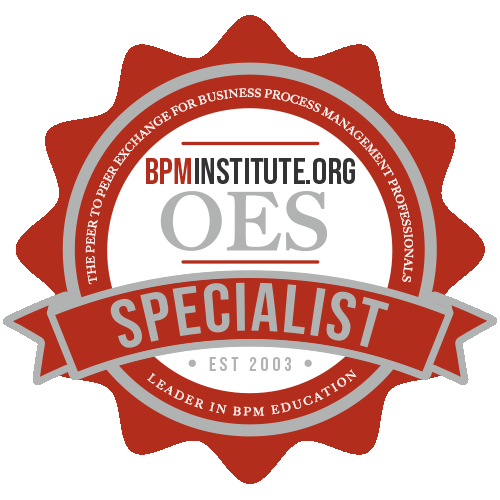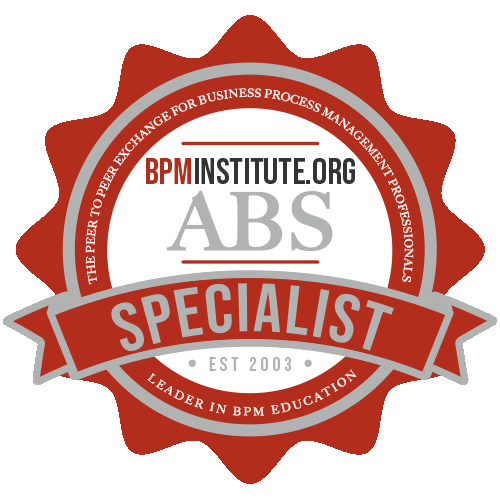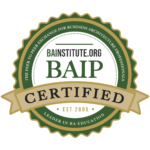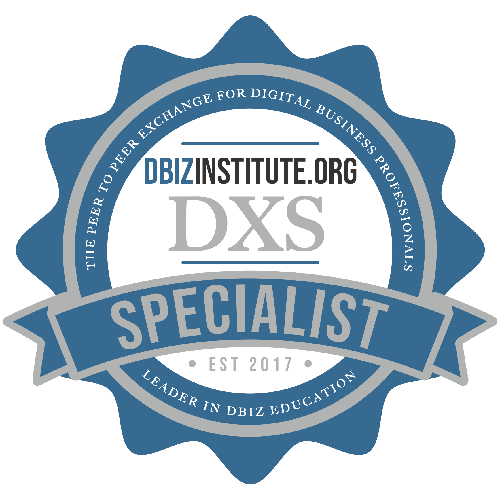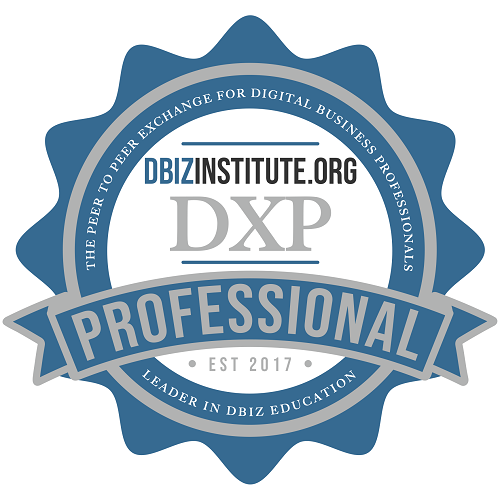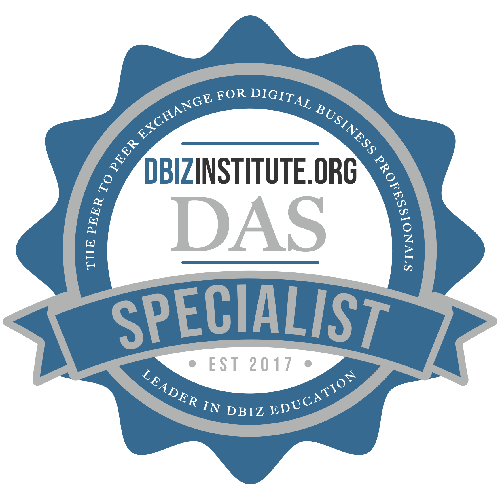How to Deepen Your BPM Expertise:
Once you’ve laid a solid foundation in Business Process Management (BPM—mapping workflows, analyzing inefficiencies, and optimizing day-to-day operations—the question becomes: “How do I take my knowledge to the next level?” At the advanced stage, you’re no longer focused just on getting processes from a state of disorder to a state of efficiency. You’re looking at driving strategic change, integrating cutting-edge technologies, and elevating BPM from a set of tools to a genuine discipline that transforms organizations. This article explores why continuing education in BPM is so vital, what deeper levels of mastery can look like, and how you can chart a personalized path for your ongoing professional development.
The Case for Continuous Learning:
BPM is not a static field. Industries evolve, technology races forward, and consumer expectations change—often seemingly overnight. By deepening your BPM expertise, you’re not just adding new lines to your résumé; you’re ensuring you stay ahead of these shifts. Advanced learning exposes you to sophisticated techniques, frameworks, and case studies, helping you tackle increasingly complex problems.
Beyond that, organizations value professionals who see the big picture—people who can pivot BPM from a purely operational function to a strategic enabler. This broader perspective often involves more than just “fixing a process”; it’s about identifying which processes most deserve attention, justifying resources at an executive level, and tying process metrics directly to business outcomes. If you remain content with a baseline understanding, you risk losing your edge in a marketplace that rewards forward-thinking BPM practitioners.
Going Beyond Workflow Optimization:
When you start in BPM, you often focus on discrete workflows, maybe a department’s invoice approvals or customer onboarding steps. As you advance, you begin to see how these processes interact across an entire enterprise. Instead of improving a single workflow in isolation, you’re devising end-to-end transformations that unite multiple teams and systems. This could involve:
- Enterprise-Level Integration: Rather than fixing one broken link in the chain, you might redesign the entire supply chain to reduce lead times, improve quality, and integrate with digital platforms that feed real-time data to decision-makers.
- Strategic Alignment: Instead of simply aiming for local efficiencies (like cutting a few minutes off a routine task), advanced BPM practitioners focus on aligning processes with overarching business objectives. A decision about which process to automate or streamline is now guided by questions like “How will this improvement enhance our competitive advantage?” or “Does this align with our long-term growth strategy?”
Innovation-Driven Culture: Mastery in BPM isn’t just about making changes yourself; it’s also about building a culture of continuous improvement. At an advanced level, you coach teams to recognize inefficiencies, encourage experimentation, and champion change initiatives throughout the organization.
The Role of Advanced Education and Certification:
While foundational BPM courses ground you in best practices, advanced education delves deeper into topics like process analytics, enterprise architecture, or industry-specific frameworks. Some might pursue a formal BPM Professional Certificate or explore specialized areas like BPM+ or Lean Six Sigma Black Belt. Others invest in complementary skill sets such as data science or automation to amplify their impact.
Courses at this level often involve real or simulated projects that demand robust stakeholder management, financial justification, and rigorous performance measurement. They might also tackle more complex subjects like compliance, AI-driven decision-making, and integration with IT architectures. By immersing yourself in these scenarios, you hone not just the “how” of BPM, but the “why” and “when” that underpin strategic execution.
Technology as a Force Multiplier:
One hallmark of advanced BPM expertise is the ability to harness technology without falling into the trap of “automating chaos.” Tools like robotic process automation (RPA), machine learning, and advanced analytics all promise to supercharge efficiency. But if the underlying processes are fragmented—or if teams aren’t equipped to handle the cultural shift—these tools can do more harm than good.
An advanced BPM practitioner knows how to balance technology with process rigor, ensuring the right foundations are in place before automating or digitizing. This might involve running pilot projects to validate ROI and measure adoption, refining processes through data-driven feedback loops, and collaborating closely with IT teams to ensure seamless integrations. It’s a blend of technical savvy and business acumen that sets truly advanced professionals apart.
Cultivating Leadership and Influence:
Technical prowess is essential, but so is your ability to advocate for BPM initiatives at the highest levels of an organization. At an advanced stage, you become a translator between executives who talk in terms of profit margins and strategic roadmaps, and the process teams who deal with the day-to-day nuts and bolts. When you can show that a proposed BPM project will save millions of dollars, free up critical staff time, or significantly enhance customer satisfaction, you gain the influence needed to drive impactful changes.
Leadership at this level also requires building cross-functional alliances. Rarely can a single department transform end-to-end processes without buy-in from others. The advanced BPM practitioner excels at fostering collaboration, aligning diverse stakeholders, and maintaining momentum even when changes unsettle longstanding practices.
Charting Your Own Path:
Deepening your BPM expertise doesn’t follow a one-size-fits-all formula. Perhaps you choose to develop an industry specialization—like healthcare or finance—where strict regulations and intricate workflows demand top-tier BPM skills. Or maybe you focus on technology by mastering advanced automation platforms or machine learning for process analytics. Others might lean more toward leadership, taking on roles that blend BPM with organizational change management.
Whatever path you choose, the key is continuous learning. Attend industry conferences, subscribe to thought leadership, network with peers who are tackling similar challenges. If you can secure a mentor who has already navigated the complexities of advanced BPM, all the better. Each layer of knowledge you add becomes a steppingstone to greater impact.
For those who’ve nailed the fundamentals of BPM, the next phase is about broadening your vision, fine-tuning strategic thinking, and embracing technology in a way that propels true organizational transformation. By pursuing advanced education, leveraging emerging tools, and cultivating your ability to lead cross-functional teams, you move beyond simply managing processes and step into a role where you’re shaping the very DNA of how a company operates. Continuing education isn’t a formality; it’s a catalyst for meaningful, high-level impact—one that can define your career and transform the organizations you serve.




